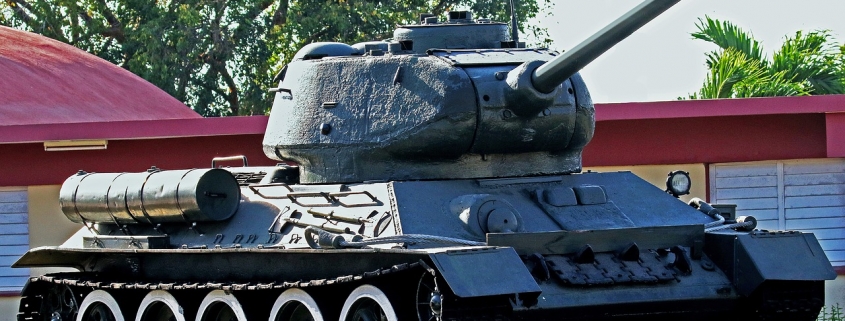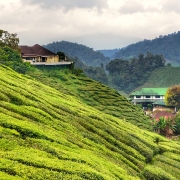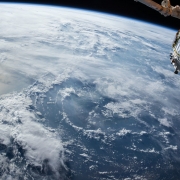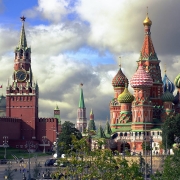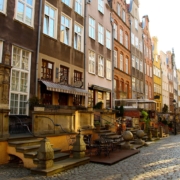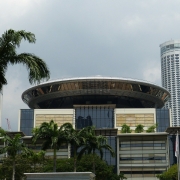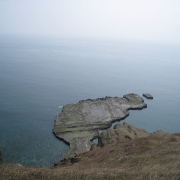Cuban Missile Crisis – Cartoon Analysis
In this article, we will be analyzing these political cartoons to understand the different visual interpretations of the Cuban Missile Crisis. By examining these visual texts and recognising their contexts, you will be more familiar with the interpretations to answer the source based case study questions effectively. We will be focusing on the second part: A World Divided by the Cold War – Cuban Missile Crisis.
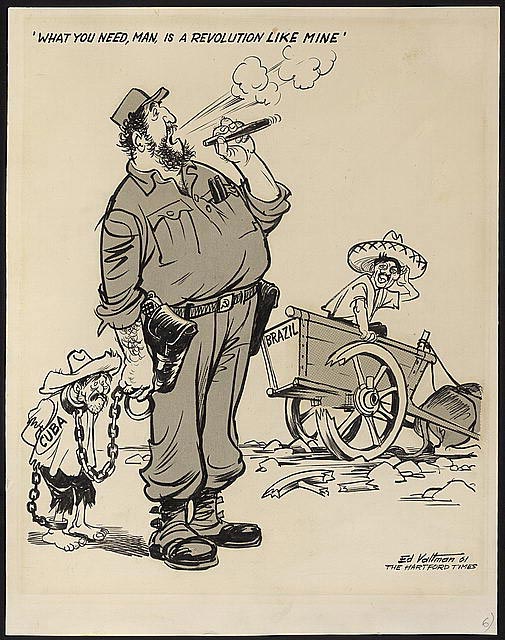
The cartoon portrays Castro as a towering figure over two petite looking persons representing Cuba and Brazil. Castro persuades Brazil to lead a communist revolution like his. Yet, Brazil looks bewildered as Cuba is in a poor state.
In late August 1961, Cuba was facing food shortages, whereas Brazil was in debt. The cartoon was possibly meant to depict Brazil’s skepticism towards Castro’s revolution.
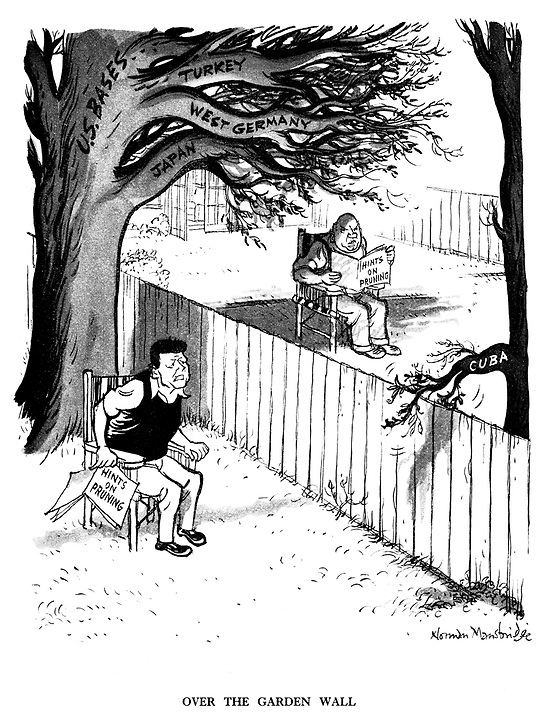
The cartoon depicts both superpower leaders (Kennedy and Khrushchev) feeling annoyed over their neighbour’s tree branch(es) extended into their own territory.
The intended audiences are possibly the citizens of USA and USSR in depicting superpower involvement, seen in terms of their bases in other countries (e.g. Cuba and Turkey)
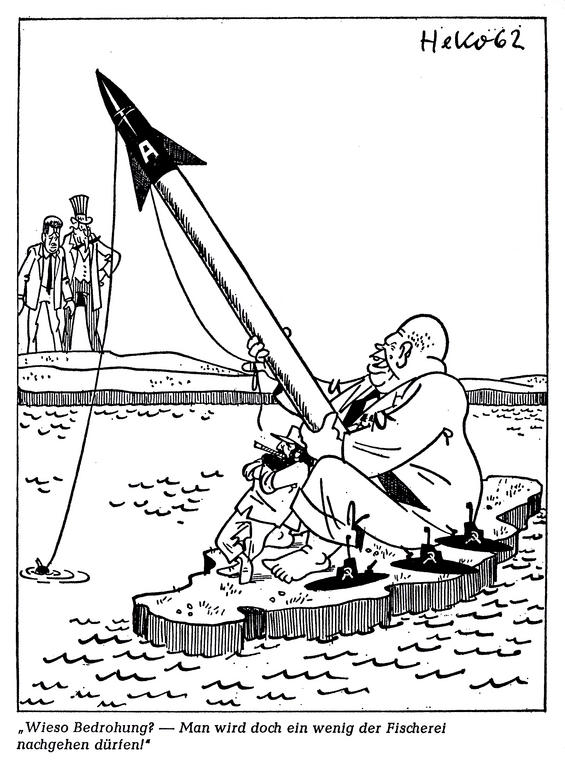
Below the cartoon, the caption reads ‘What do you mean, a threat? Surely it’s all right to go fishing, isn’t it?’
The cartoonist depicts an ironic illustration of Moscow’s true motives on Cuba. In Sept 1962, an agreement was signed between Cuba and USSR for the construction of a port in the Bay of Havana, which Castro claimed to be a base for the Soviet fishing fleet in the Atlantic.
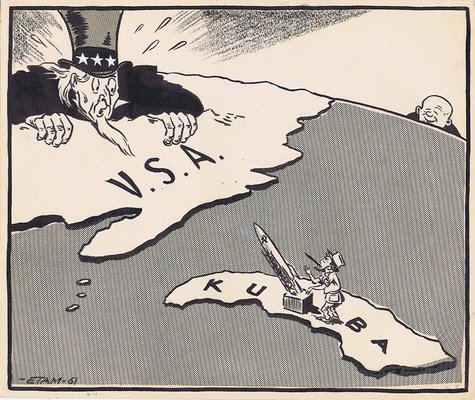
The cartoon depicts a miniature-sized Castro targeting the Soviet missile at a terrified ‘Uncle Sam’ (USA), while Khrushchev looks on from afar in delight.
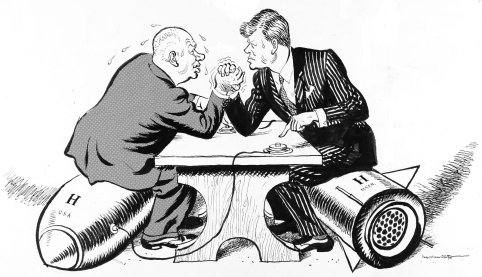
The cartoon illustrates both Kennedy and Khrushchev taking part in an arm wrestling match that neither side was likely to win. They are seated on missiles that could go off anytime.
The cartoonist is trying to depict the unpredictability of the world as the crisis may lead to ‘mutually assured destruction’.
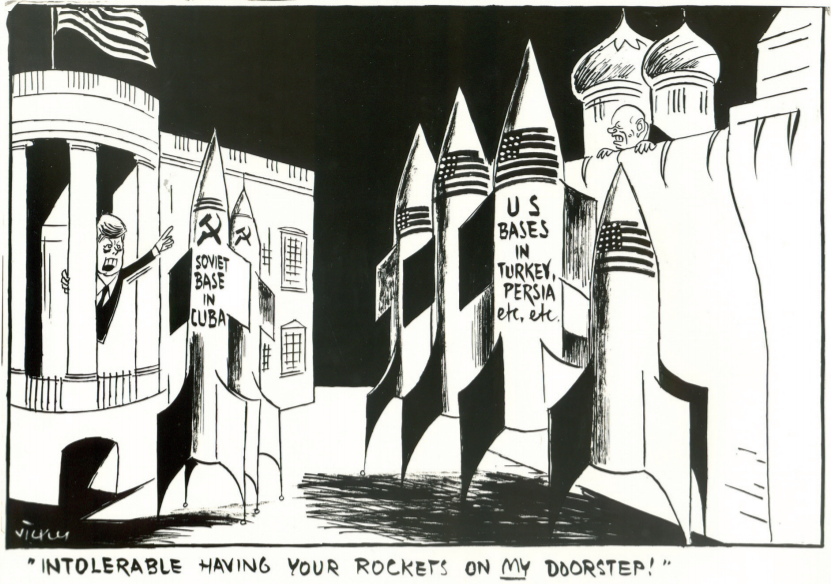
The cartoon illustrates Kennedy in The White House and Khrushchev in the Kremlin facing each other with nuclear missiles placed outside their buildings. In context, the cartoon depicts Kennedy as being hypocritical as he questioned Khrushchev about the missiles in Cuba, since there were twice as many American missiles as there are than the Russians.
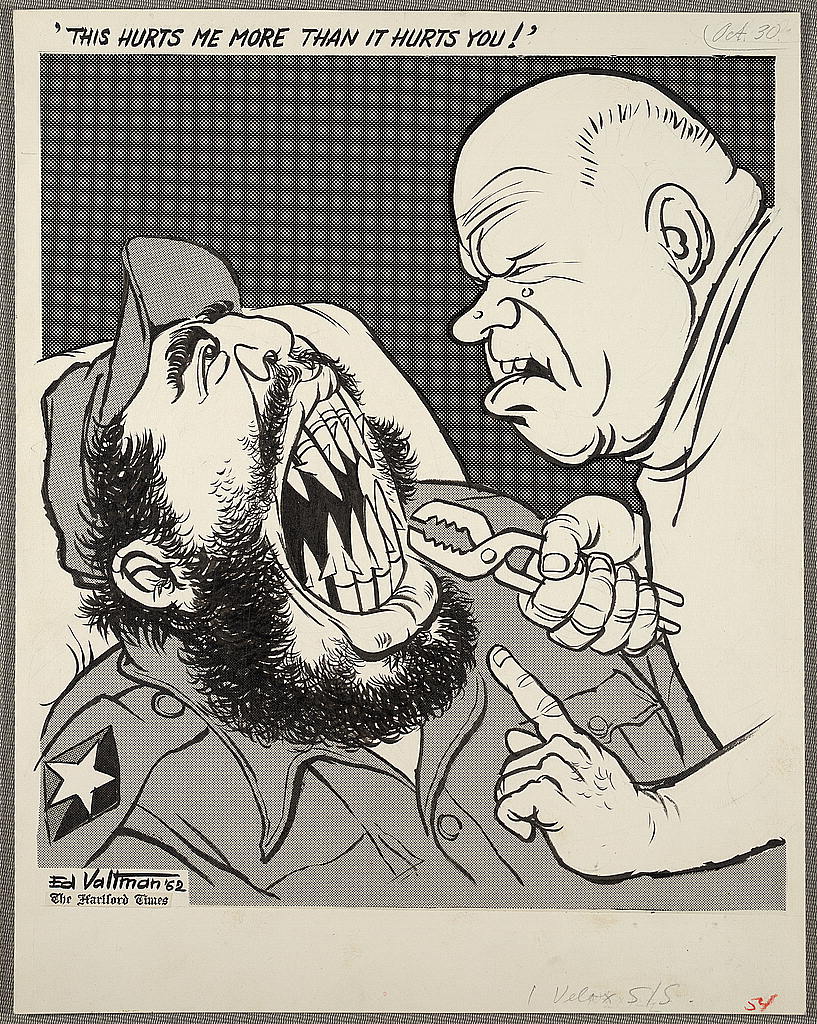
The cartoon depicts Khrushchev as a dentist extracting Castro’s teeth, which is illustrated as missiles.
During the Cuban Missile Crisis, Kennedy announced that US would impose a ‘naval quarantine’ to prevent the delivery of Soviet missiles to Cuba. Khrushchev eventually backed down and agreed to remove the missiles.
How do I use these sources to ace the Source Based Case Study questions?
First, be familiar with the main perspectives of Cuba, USA and USSR in explaining their involvement in the Cuban Missile Crisis. Refer to the aforementioned article for more information.
Second, examine these cartoons and attempt to answer the following question: How far do these sources support the view that the Cuban Missile Crisis was a superpower conflict?
Third, pay attention to the date of publication and the source origin (i.e. who published it?) to consider the motive. This section will be important when you attempt to derive the provenance of each source.
If you are looking for additional help, why not join our JC History Tuition as we will teach you to organise the content and improve your answering skills.
The H2 and H1 History Tuition feature online discussion and writing practices to enhance your knowledge application skills. Get useful study notes and clarify your doubts on the subject with the tutor. You can also follow our Telegram Channel to get useful updates.
We have other JC tuition classes, such as JC Math Tuition and JC Chemistry Tuition. For Secondary Tuition, we provide Secondary English Tuition, Secondary Math tuition, Secondary Chemistry Tuition, Social Studies Tuition, Geography, History Tuition and Secondary Economics Tuition. For Primary Tuition, we have Primary English, Math and Science Tuition. Call 9658 5789 to find out more.

